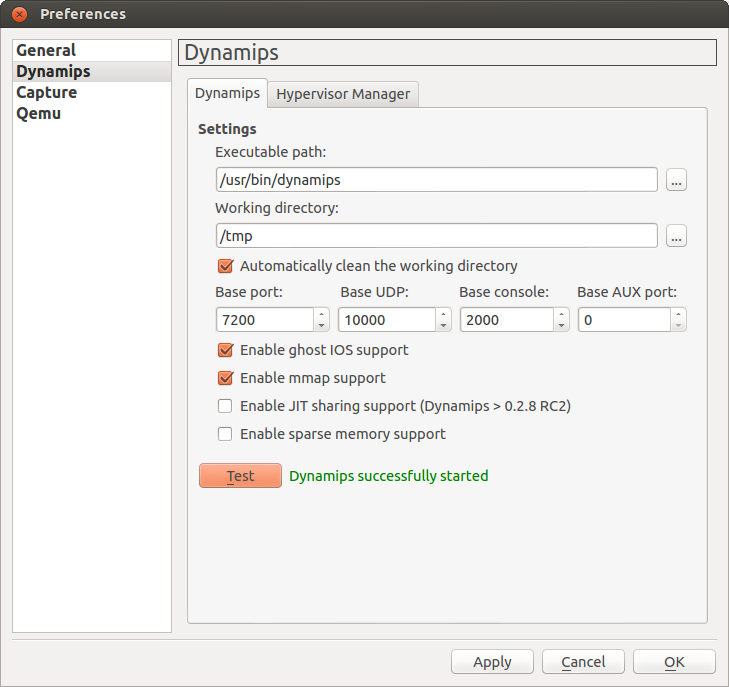


As mentioned above, it will convert my filename.bin image to an extracted filename.image file > Yes.Ĩ. DO NOT email me and ask for Cisco IOS images, (I will just ignore you!).ħ. This means you need a Cisco CCO account, and a valid support agreement. Note: You need to legally download these images from Cisco. Here on GNS3 8.6 you can select the filename.bin file, with older versions you need to extract that file to a filename.image file. Image file > Browse to the image you want to import. Note: You can visit the same section in future by clicking Edit > IOS Images and Hypervisors.Ħ. Click Test Settings > Have patience, it can take a couple of minutes > Apply > OK. The defaults are fine but if you run GNS3 on several machines you might want to choose something like Dropbox > Apply > OK.Ĥ. Check that the path to the ‘projects’ and your ‘images’ folder are where you want them to be. Note: You can do the same in future, by going to Edit > PreferencesĢ. Launch the program, you will be greeted with the following setup wizard. Download GNS3, I accept all the defaults (I actually tick to install SuperPuTTy, as tabbed console windows can be handy when using GNS3). Note: At time of writing he latest version is 8.6ġ.
#ROUTER IOS FOR GNS3 HOW TO#
And each time I install it, I spend just as long remembering how to set it up, as I do using it! So, if for no other reason than I can use this page as a reference in future, here’s how to get it up and running. I dip into GNS3 every so often, (depending on what I’m working on). KB ID 0000927 NOTE: THIS ARTICLE IS FOR THE OLD VERSION OF GNS3 GO HERE FOR THE NEW ONE Problem


 0 kommentar(er)
0 kommentar(er)
